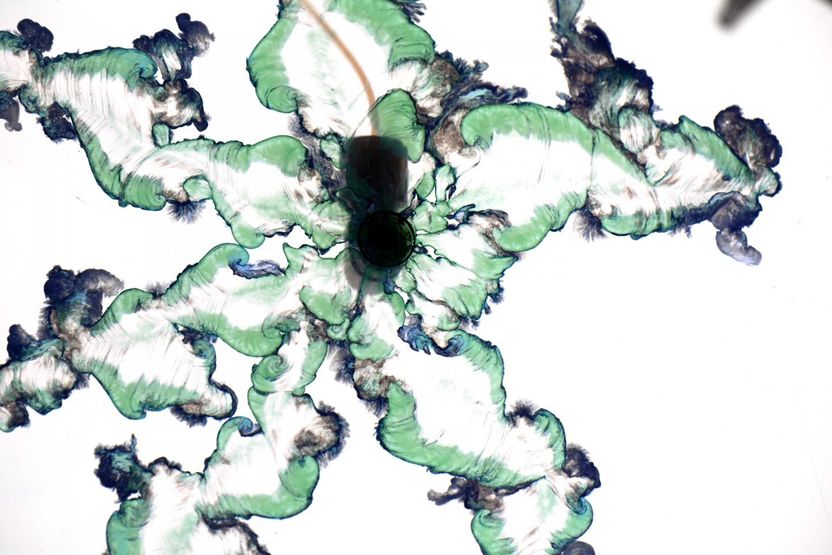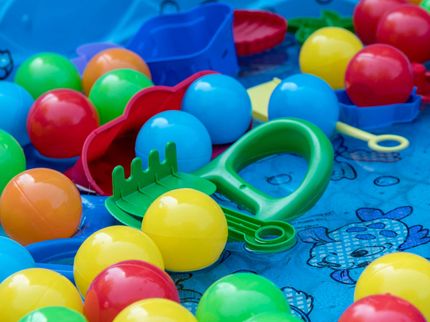Toward safer plastics that lock in potentially harmful plasticizers
Scientists have published the first report on a new way of preventing potentially harmful plasticizers — the source of long-standing human health concerns — from migrating from one of the most widely used groups of plastics. The advance could lead to a new generation of polyvinyl chloride (PVC) plastics that are safer than those now used in packaging, medical tubing, toys, and other products, they say. Their study is in ACS' macromolecules.
Helmut Reinecke and colleagues note that manufacturers add large amounts of plasticizers to PVC to make it flexible and durable. Plasticizers may account for more than one-third of the weight of some PVC products. Phthalates are the mainstay plasticizers. Unfortunately, they migrate to the surface of the plastic over time and escape into the environment. As a result, PVC plastics become less flexible and durable. In addition, people who come into contact with the plastics face possible health risks. The U. S. Consumer Product Safety Commission in 2009 banned use of several phthalate plasticizers for use in manufacture of toys and child care articles.
The scientists describe development of a way to make phthalate permanently bond, or chemically attach to, the internal structure of PVC so that it will not migrate. Laboratory tests showed that the method completely suppressed the migration of plasticizer to the surface of the plastic. "This approach may open new ways to the preparation of flexible PVC with permanent plasticizer effect and zero migration," the article notes.
Most read news
Organizations
Other news from the department science

Get the chemical industry in your inbox
By submitting this form you agree that LUMITOS AG will send you the newsletter(s) selected above by email. Your data will not be passed on to third parties. Your data will be stored and processed in accordance with our data protection regulations. LUMITOS may contact you by email for the purpose of advertising or market and opinion surveys. You can revoke your consent at any time without giving reasons to LUMITOS AG, Ernst-Augustin-Str. 2, 12489 Berlin, Germany or by e-mail at revoke@lumitos.com with effect for the future. In addition, each email contains a link to unsubscribe from the corresponding newsletter.
Most read news
More news from our other portals
Last viewed contents

Rapid Change: Ceresana Analyzes the Global Market for Printing Inks

Recent research provides new data on chemical gardens, whose formation is a mystery for science
John_Lawrence_Smith
Serono and Evotec OAI sign assay development and screening services agreement


























































